Local architects take on Windy City challenges at the Chicago Architecture Biennial
Chicago Architecture Biennial 2015: a capsule exhibition within the Biennial's main show focuses on the future of Chicago, with proposals including a peninsula on the Chicago River and a landscape of sunken spaces.
While much of the show – which is located at the city's Cultural Center – focusses on international architects and projects, the Bold: Alternative Scenarios for Chicago exhibition showcases the emerging and established architects working in Chicago today.
It includes 18 projects addressing a range of issues in the USA's third largest city, all designed by local firms or artists and organised by Iker Gil, principal of MAS Studio.
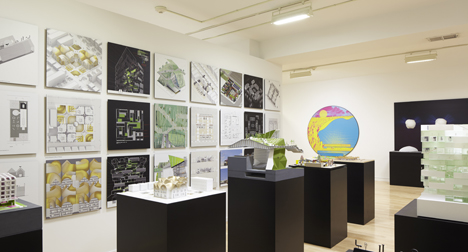
"The exhibition explores alternative scenarios for the city as well as the agency of the architect in shaping them," according to a curator's statement from Gil.
"The projects document our relationship with vacancy, questioning how we might bridge disparate experiences, and what the relationship between planning and informality is, as well as uncovering stories hidden in the city through the abstraction of big data," Gil adds.
Two large projects take on the city's iconic lakefront. Port Urbanism's plan, The Big Shift, would create hundreds of acres of new land downtown in what is currently Lake Michigan by bending the city's iconic Lake Shore Drive.
UrbanLab's Filter Island would create a new peninsula at the mouth of the Chicago River that would capture, filter, and clean river water before releasing it into Lake Michigan. The land would be dotted with a series of large-scale bio-cells to purify the water.
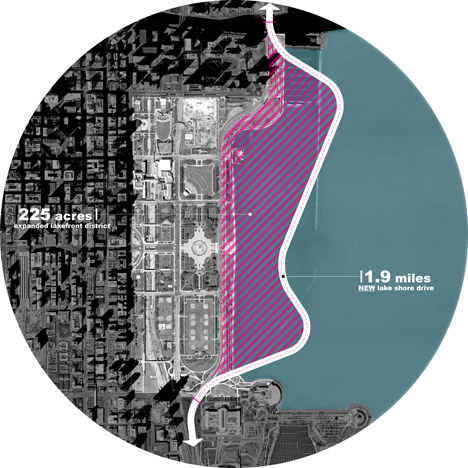
Other projects address the city's surplus of vacant land and high levels of abandonment. David Brown convened nine teams to investigate what he calls The Available City – the more than 15,000 empty lots scattered across the city.
Central Standard Office of Design's project, Cut/Fill, proposes a new topography of amphitheater-like gathering places indented into the earth and framed by curved houses that mirror the depressions in the land.
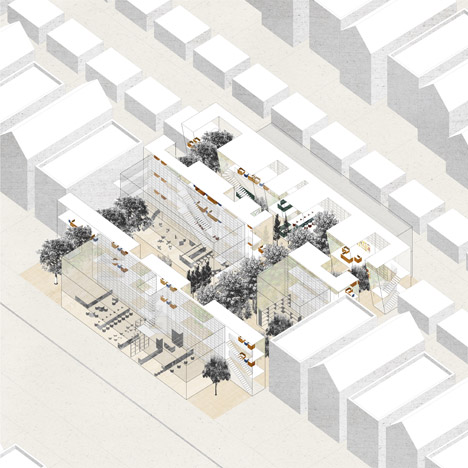
Krueck + Sexton's Chicago Boogie-Woogie, which takes its name from the Piet Mondrian painting Broadway Boogie-Woogie, proposes a frame structure from which smaller buildings can be hung, adding elements over time to reactivate and repopulate neighbourhoods.
Photographer David Schalliol has long documented the city's unbuilding, including the demolition of tens of thousands of units of public housing. In his series Reckoning with Vacancy he subtly inverts the ruin porn tropes common in the photography of the Rust Belt by putting people back into the pictures.
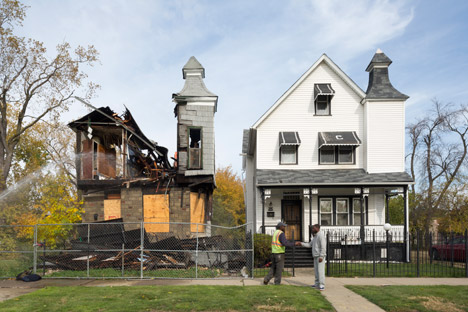
Design With Company's project called Late Entry to the Chicago Public Library Competition presents an alternative scheme to the 1987 design contest, which selected the Postmodern design for the Harold Washington Library by Hammond, Beeby, and Babka.
Design With Company's entry is an assemblage of structures, including a miniature version of the now-demolished Brutalist Prentice Women's Hospital designed by Bertrand Goldberg.
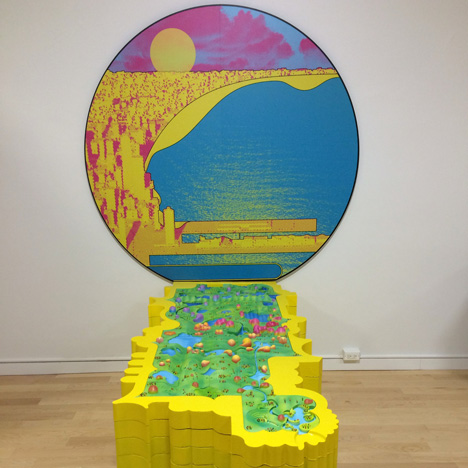
The first Chicago Architecture Biennial – titled The State of the Art of Architecture – opens to the public on Saturday 3 October with a range of exhibitions and installations across the city. It runs until 3 January 2016.
Speaking at a preview yesterday, the biennial's curators Sarah Herda and Joseph Grima said that the exhibition aimed to showcase architects who are carving out new ways to practice.
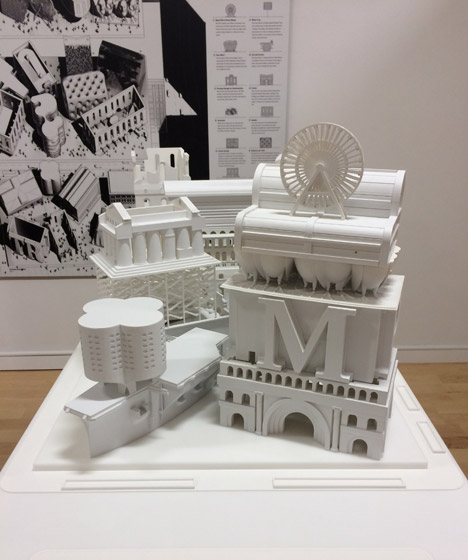
"We really see the exhibition as a site of experimentation," said Herda, who is also the director of the Graham Foundation for Advanced Studies in the Fine Arts in Chicago. "This is not a place to look at pictures of buildings, it's a place to figure out the future of buildings," she added.
Other Biennial participants include Spanish studio SelgasCano – who designed this year's Serpentie Gallery Pavilion – Vietnamese architect Vo Trong Nghia, Chicago-based Studio Gang, Danish firm BIG, Burkino Faso architect Diébédo Francis Kéré and Japan's Sou Fujimoto.